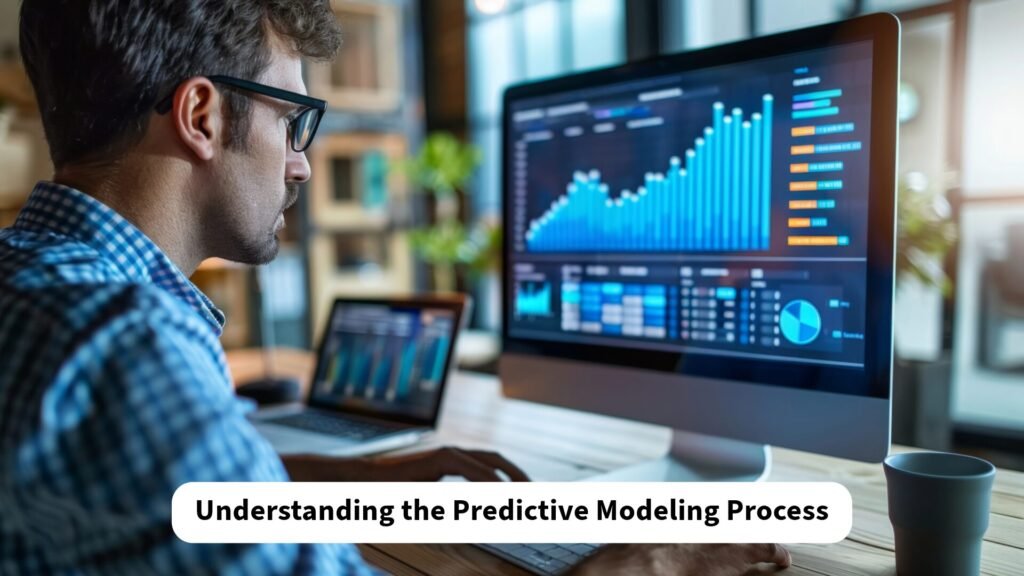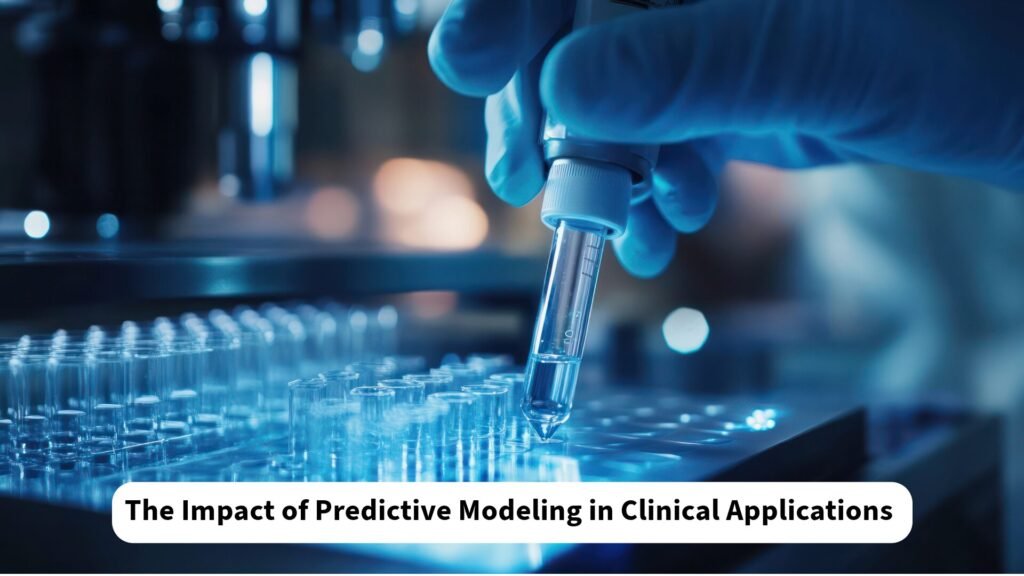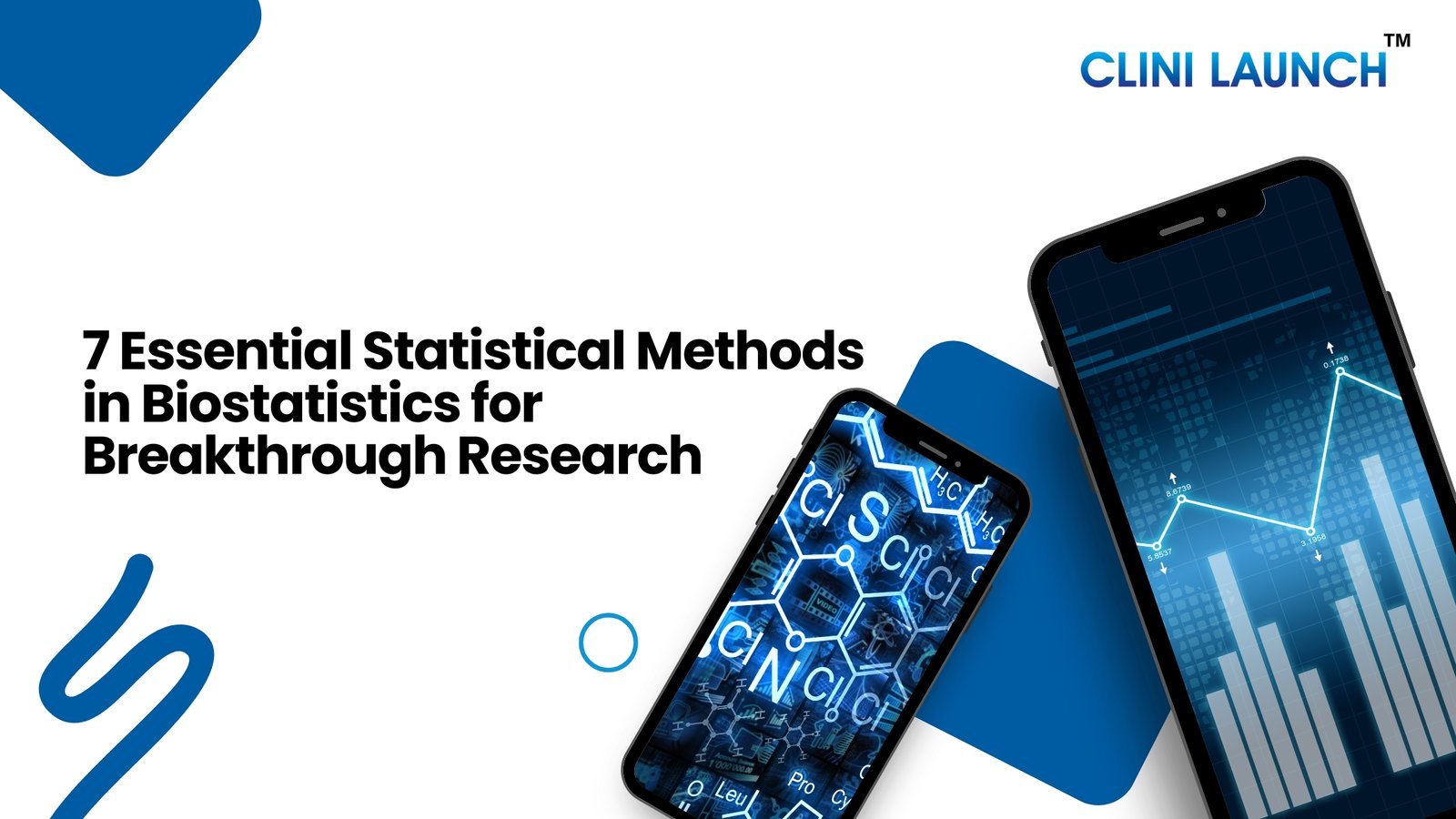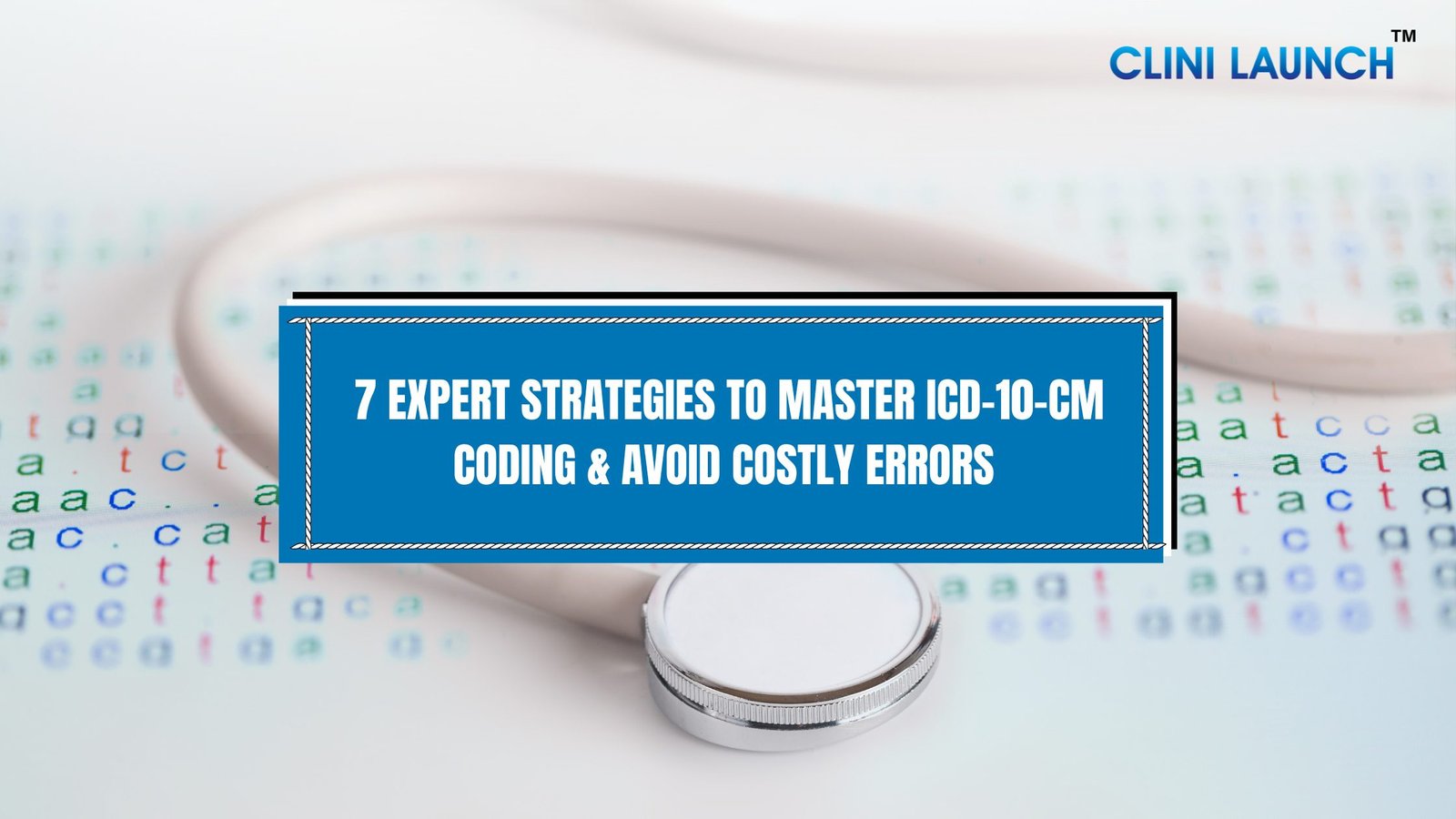The landscape of healthcare is undergoing a profound transformation. From personalized medicine to proactive disease management, the ability to anticipate future outcomes is no longer a luxury but a necessity. This is where predictive modeling steps in, a powerful discipline that lies at the heart of modern data science. Within the rigorous framework of a Clinical SAS course, understanding and applying predictive modeling techniques becomes an invaluable asset, empowering professionals to extract actionable insights from vast datasets and fundamentally reshape patient care.
Enroll Now: Clinical SAS course
The Essence of Predictive Modeling
At its core, predictive modeling is about using historical data to make informed predictions about future events. It’s not about crystal balls; it’s about identifying patterns, relationships, and trends within data that can then be extrapolated into new, unseen observations. In the clinical realm, this translates to forecasting disease progression, identifying patients at high risk of unfortunate events, predicting treatment efficacy, or even optimizing resource allocation.
Consider a scenario in drug development. Instead of simply observing patient responses to a new therapy, predictive models can help identify which patient subgroups are most likely to respond positively, or conversely, which might experience severe side effects. This proactive approach saves time, resources, and ultimately, lives.
Why Clinical SAS?
While numerous tools exist for predictive modeling, SAS (Statistical Analysis System) has long been the gold standard in the pharmaceutical and clinical research industries. Its robust statistical capabilities, powerful data manipulation features, and strict validation processes make it ideal for the highly regulated environment of clinical trials. A Clinical SAS course meticulously trains individuals in these functionalities, ensuring that the predictive models built are not only accurate but also auditable and compliant with industry standards.
Within the SAS ecosystem, various procedures and functionalities lend themselves perfectly to predictive tasks. From classical regression techniques to more advanced machine learning algorithms, SAS provides the infrastructure to implement and validate sophisticated models.
Understanding the Predictive Modeling Process

Building an effective predictive model is a systematic process that involves several key stages, each crucial for the model’s accuracy and reliability.
1. Data Collection and Preparation
No model, however sophisticated, can overcome poor data. The first and arguably most critical step is gathering relevant, high-quality data. In clinical research, this often means meticulously collected patient demographics, medical history, lab results, vital signs, and treatment data from electronic health records, clinical trials, or registries.
Once collected, the data must be rigorously prepared. This involves:
- Cleaning: Addressing missing values, outliers, and inconsistencies. Imputation techniques, such as mean imputation or more advanced methods like regression imputation, are often employed to handle missing data without introducing bias.
- Transformation: Converting raw data into a format suitable for modeling. This might include normalizing numerical variables, encoding categorical variables (e.g., one-hot encoding), or creating new features from existing ones (feature engineering). For instance, calculating Body Mass Index (BMI) from height and weight can be a more powerful predictor than the raw measures themselves.
- Feature Selection: Identifying the most relevant variables that contribute significantly to the prediction. Irrelevant or redundant features can introduce noise and reduce model performance. Techniques like Lasso regression, tree-based methods, or even domain expertise can aid in this process. In clinical settings, this might involve identifying key biomarkers or lifestyle factors that strongly correlate with a particular outcome.
SAS offers extensive data manipulation capabilities through procedures like PROC SQL, PROC DATA, and PROC MEANS, which are indispensable for these preparatory steps.
2. Model Selection
Once the data is ready, the next step is to choose an appropriate predictive algorithm. This choice depends on the nature of the problem (e.g., predicting a continuous value vs. a categorical outcome), the characteristics of the data, and the interpretability requirements. Here’s where machine learning for prediction truly shines, offering a diverse toolkit of algorithms.
Regression Models (for continuous outcomes):
- Linear Regression: A foundational technique used to model the linear relationship between a dependent variable and one or more independent variables. In a clinical context, this could be used to predict a patient’s blood pressure based on age, diet, and exercise.
- Logistic Regression: Although named ‘regression’, it’s primarily used for binary classification problems (e.g., predicting the probability of a patient developing a disease or responding to a treatment). It models the probability of an event occurring.
- Polynomial Regression: When the relationship between variables is non-linear, polynomial regression can capture these curves.
- Ridge and Lasso Regression: These are regularization techniques used to prevent overfitting, particularly when dealing with many features or highly correlated features. They add a penalty term to the regression equation, shrinking coefficients towards zero.
Classification Models (for categorical outcomes):
- Decision Trees: Intuitive models that make decisions based on a series of if-then rules. They are easily interpretable and can handle both numerical and categorical data. For example, a decision tree could predict whether a patient will be readmitted to the hospital based on their diagnosis, age, and related conditions.
- Random Forests: An ensemble method that builds multiple decision trees and combines their predictions. This often leads to higher accuracy and better generalization than a single decision tree, reducing overfitting.
- Support Vector Machines (SVMs): Powerful algorithms that find an optimal hyperplane to separate data points into different classes. They are particularly effective in high-dimensional spaces.
- K-Nearest Neighbors (KNN): A non-parametric, instance-based learning algorithm that classifies new data points based on the majority class of their ‘k’ nearest neighbors in the feature space.
- Naive Bayes: A probabilistic classifier based on Bayes’ theorem, assuming independence between features. While this assumption is often violated in real-world data, Naive Bayes can still perform surprisingly well, especially with large datasets.
Time Series Models (for Forecasting Techniques):
- ARIMA (Autoregressive Integrated Moving Average): A classic model for time series forecasting, used to predict future values based on past values and forecast errors. This could be applied to forecast disease outbreaks, drug sales, or hospital admissions over time.
- SARIMA (Seasonal ARIMA): An extension of ARIMA that accounts for seasonality in time series data.
- Prophet (developed by Facebook): A robust forecasting procedure that handles trends, seasonality, and holidays, often used for business forecasting but applicable to clinical trends.
SAS provides dedicated procedures for each of these models, such as PROC REG, PROC LOGISTIC, PROC HPFOREST, PROC SVM, PROC ARIMA, and many more, making it a comprehensive platform for implementing diverse predictive strategies.
3. Model Training and Evaluation
Once a model is selected, it must be trained on a portion of the prepared data (the training set). During training, the algorithm learns the patterns and relationships within the data.
Crucially, the model’s performance must then be evaluated on unseen data (the test set) to ensure it generalizes well to new observations and isn’t simply memorizing the training data (overfitting). Key evaluation metrics vary depending on the type of model:
For Regression Models:
- Mean Absolute Error (MAE): The average absolute difference between predicted and actual values.
- Mean Squared Error (MSE) / Root Mean Squared Error (RMSE): Measures the average squared difference between predicted and actual values, penalizing larger errors more heavily.
- R-squared (R2): Represents the proportion of variance in the dependent variable that is predictable from the independent variables.
For Classification Models:
- Accuracy: The proportion of correctly classified instances.
- Precision: The proportion of positive predictions that were actually correct.
- Recall (Sensitivity): The proportion of actual positive cases that were correctly identified.
- F1-Score: The harmonic mean of precision and recall, providing a balance between the two.
- AUC-ROC Curve (Area Under the Receiver Operating Characteristic Curve): A powerful metric that assesses the model’s ability to distinguish between classes across various probability thresholds. A higher AUC indicates better discriminatory power.
- Confusion Matrix: A table that summarizes the number of true positives, true negatives, false positives, and false negatives.
For Time Series Models:
- MAPE (Mean Absolute Percentage Error): The average absolute percentage difference between predicted and actual values.
- Symmetric Mean Absolute Percentage Error (SMAPE): A percentage error that is symmetric, addressing issues with MAPE when actual values are zero.
Cross-validation techniques, such as k-fold cross-validation, are often employed during training to get a more robust estimate of model performance and prevent overfitting. SAS provides tools for splitting data into training and validation sets and for performing cross-validation.
4. Model Deployment and Monitoring
A predictive model is only useful if it can be deployed and integrated into real-world workflows. In a clinical setting, this might involve integrating a model into an electronic health record system to provide real-time risk assessments for patients or using it to guide clinical decision-making.
Deployment is not the end of the journey. Models can degrade over time as underlying data patterns shift (concept drift). Continuous monitoring of model performance is essential to ensure its continued accuracy and relevance. This might involve setting up alerts for significant drops in accuracy or regularly retraining the model with new data.
The Impact of Predictive Modeling in Clinical Applications

The applications of predictive modeling in healthcare are vast and transformative, enabling truly data-driven predictions.
- Disease Risk Prediction: Identifying individuals at high risk of developing chronic diseases (e.g., diabetes, cardiovascular disease) or infectious diseases, allowing for early intervention and preventative measures. For example, a model might predict a patient’s likelihood of developing Type 2 Diabetes based on their genetics, lifestyle, and existing lab markers.
- Patient Outcome Forecasting: Predicting patient readmission rates, length of hospital stays, or the likelihood of adverse events (e.g., sepsis, falls), enabling hospitals to allocate resources more effectively and provide proactive care.
- Treatment Efficacy and Response Prediction: Tailoring treatments to individual patients by predicting their likely response to specific therapies, leading to more personalized and effective medicine. This is a cornerstone of precision medicine, where genetic profiles and other biomarkers are used to guide drug selection.
- Drug Discovery and Development: Accelerating the drug discovery process by predicting the efficacy and toxicity of new drug compounds, optimizing clinical trial design, and identifying potential drug repurposing opportunities.
- Epidemiology and Public Health: Forecasting disease outbreaks, tracking disease progression, and identifying risk factors within populations to inform public health interventions and resource planning. This was particularly evident during the COVID-19 pandemic, where models were crucial for predicting caseloads and hospital capacity.
- Resource Optimization: Predicting patient flow, bed occupancy, and staffing needs in hospitals, leading to more efficient resource allocation and reduced wait times.
- Fraud Detection in Healthcare: Identifying fraudulent claims or billing practices, saving significant healthcare costs.
These applications highlight the immense potential of predictive analytics tools in healthcare, transforming reactive care into proactive, personalized interventions.
Embracing the Future with Clinical SAS and Predictive Modeling

The demand for professionals skilled in predictive modeling, particularly within the clinical research domain, is escalating rapidly. A comprehensive Clinical SAS course that integrates these advanced concepts is not just about learning software; it’s about acquiring a mindset that embraces data as a strategic asset.
By mastering predictive modeling within the SAS environment, you equip yourself with the ability to:
- Analyze complex clinical datasets to uncover hidden patterns and relationships.
- Develop robust and reliable predictive models that stand up to the scrutiny of regulatory bodies.
- Generate actionable insights that directly impact patient care and public health initiatives.
- Contribute to the advancement of medical science by leveraging the power of data-driven predictions.
This expertise empowers you to move beyond simply reporting on past events to actively shaping future outcomes, making a tangible difference in the lives of patients and the efficiency of healthcare systems. The journey into predictive modeling in Clinical SAS is intellectually stimulating and professionally rewarding, placing you at the forefront of healthcare innovation.
Final Thoughts
The era of data-driven healthcare is here, and predictive modeling is its driving force. Within the robust framework of a Clinical SAS course, you gain not just theoretical knowledge but the practical skills to harness the power of machine learning for prediction, implement sophisticated forecasting techniques, and leverage advanced predictive analytics tools to generate invaluable data-driven predictions.
This expertise empowers you to move beyond simply reporting on past events to actively shaping future outcomes, making a tangible difference in the lives of patients and the efficiency of healthcare systems. The journey into predictive modeling in Clinical SAS is intellectually stimulating and professionally rewarding, placing you at the forefront of healthcare innovation.
Are you ready to unlock the transformative power of predictive modeling in clinical research? Do you aspire to build a career where your analytical skills directly contribute to better patient outcomes and pioneering medical advancements?
Visit CliniLaunch today to explore our comprehensive Clinical SAS courses and take the definitive step towards a future where you can predict, innovate, and lead in healthcare.





